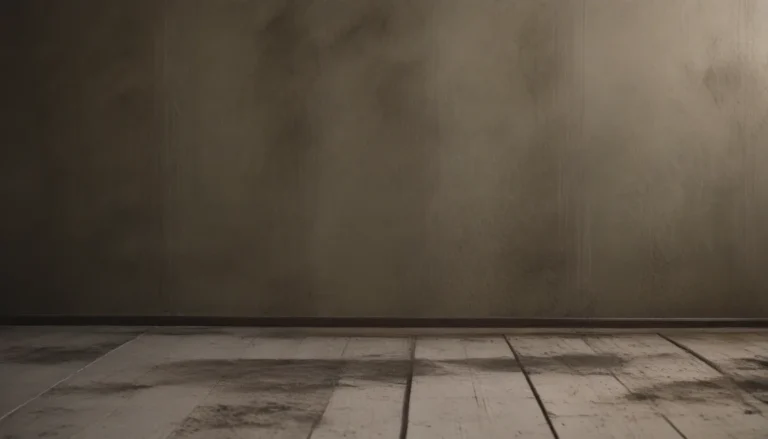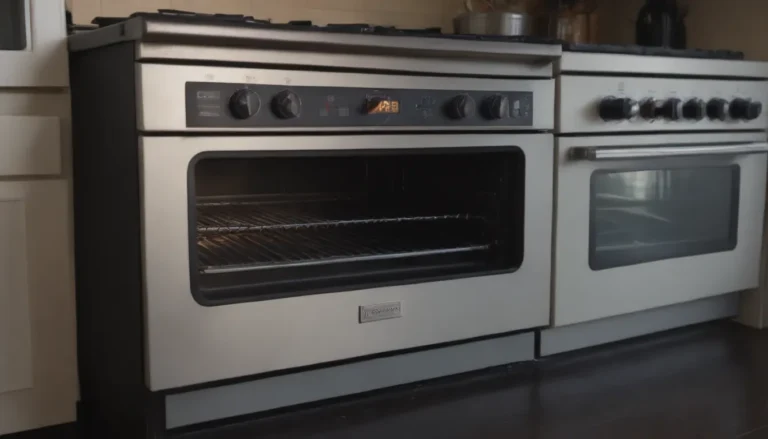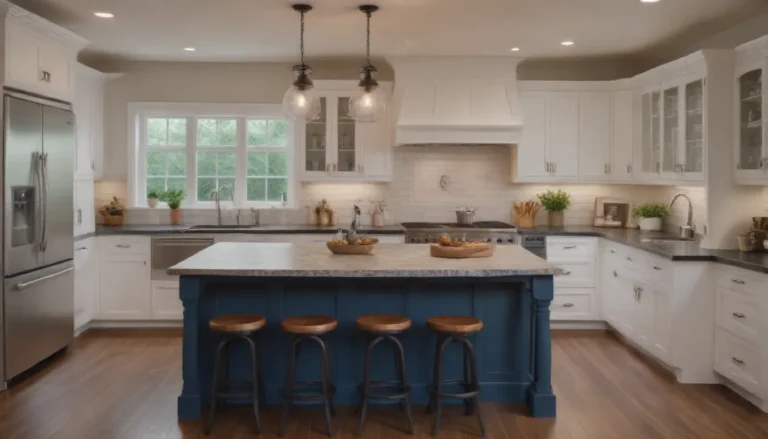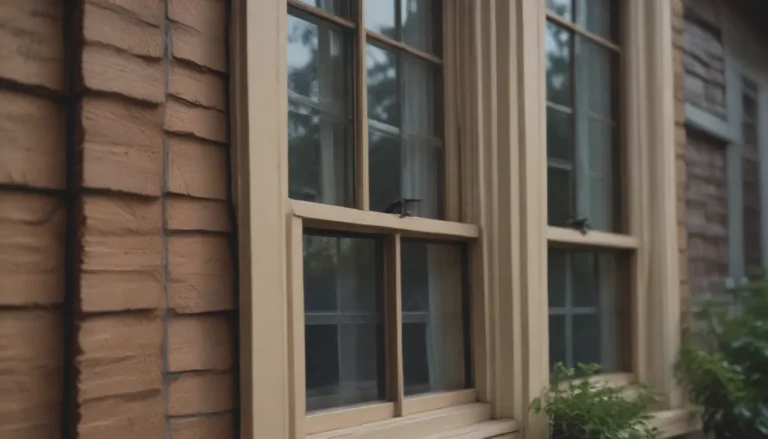All You Need to Know About Choosing the Best Patio Materials
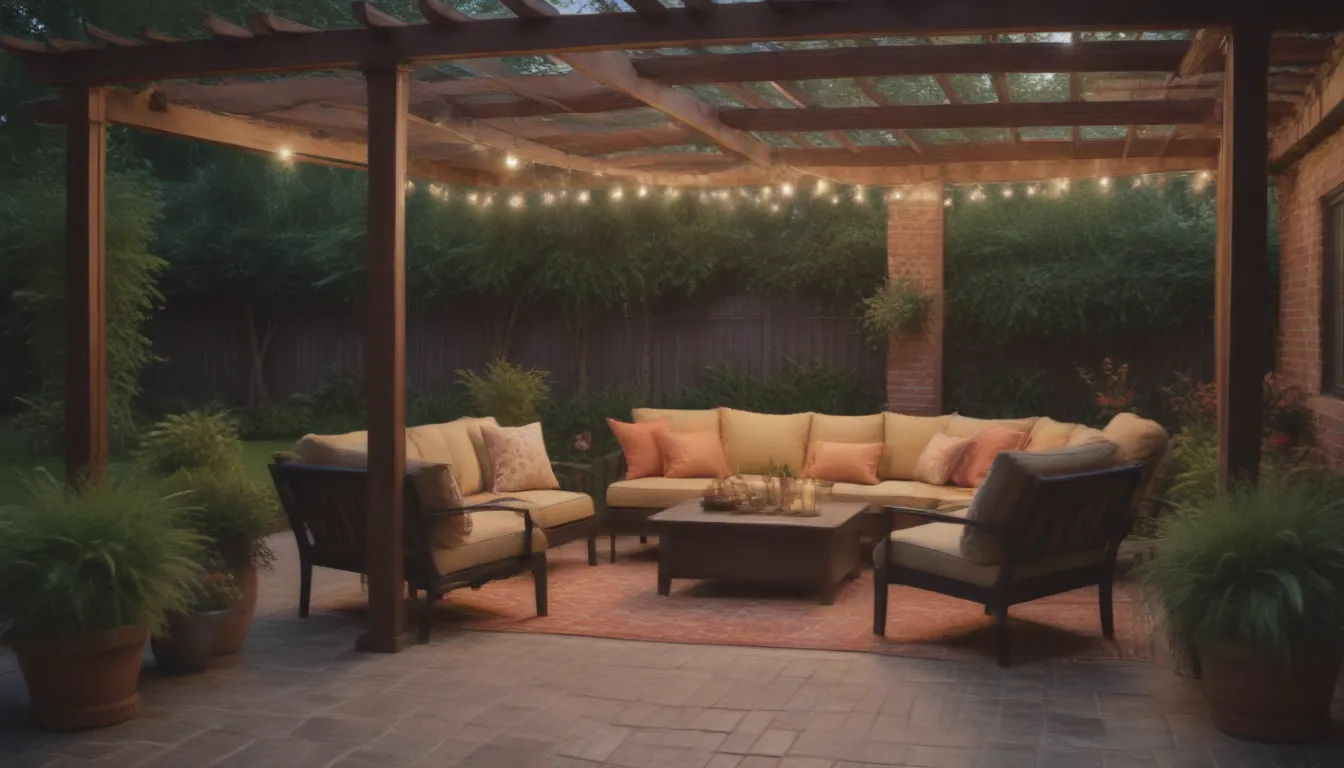
Are you looking to spruce up your outdoor space with a new patio? The material you choose for your patio can make a world of difference in terms of aesthetics, durability, and functionality. With a plethora of options available, it can be overwhelming to make a decision. In this comprehensive guide, we will explore the various patio materials, their pros and cons, and how to choose the best one for your unique needs.
Before we dive into the specifics of each material, it’s important to consider a few key factors that will influence your decision:
- Personal preference: What look and feel are you going for in your outdoor space?
- Location: Consider the climate and weather conditions in your area.
- Budget: How much are you willing to invest in your patio project?
- Size of the outdoor space: The size of your patio will determine the amount of material needed.
- Local availability: Some materials may be more readily available in certain regions.
Once you have taken these factors into account, you can start exploring the six basic patio materials commonly used:
Concrete: The Versatile and Adaptable Option
Concrete is a go-to choice for many homeowners due to its versatility and affordability. It can be molded and shaped to fit nearly any surface, making it a versatile option for patio floors. Here are some key benefits of using concrete for your patio:
- Durable and long-lasting
- Easy to maintain
- Can be customized with various finishes
- Offers a wide range of design options
Before pouring concrete for your patio, make sure to check local building codes for any requirements and ensure proper drainage to prevent water pooling.
Brick: A Classic and Timeless Choice
Brick has been a popular building material for centuries, thanks to its durability and classic look. Whether used for patio floors, pathways, walls, or edging, brick adds a touch of elegance to any outdoor space. Here are some reasons to consider brick for your patio:
- Sturdy and long-lasting
- Versatile design options with different brick bonds and patterns
- Complements various landscape and architectural styles
Popular brick patterns include herringbone, running bond, and jack-on-jack, each offering a unique look for your patio.
Flagstone: Natural Beauty at Its Best
Flagstone is a natural stone option that adds a touch of rustic charm to any patio. With its irregular shapes and roughened surface, flagstone provides good traction, making it a safe choice for outdoor areas. Here are some reasons to consider flagstone for your patio:
- Available in various colors and stones
- Durable and low-maintenance
- Perfect for creating a natural, organic look in your outdoor space
When using flagstone for patio flooring, make sure to choose slabs that are at least 1 1/2 inches thick to ensure durability.
Pavers: Easy Installation and Stylish Designs
Concrete pavers have come a long way from their plain gray origins. Today, pavers are available in a wide range of colors and textures, mimicking the look of brick, cobblestones, or cut stone. Here are some benefits of using pavers for your patio:
- Easy to install with interlocking designs
- Versatile design options to suit any style
- Durable and low-maintenance
Whether you prefer a classic brick look or a modern cut stone design, pavers offer endless possibilities for your patio.
Tile: Cool and Stylish Option for Your Patio
Tile is a popular choice for patios due to its cool, stylish look and easy maintenance. Unglazed ceramic tile is recommended for patio floors to prevent slipping when wet. Here are some options to consider:
- Porcelain tile: Durable and versatile, suitable for outdoor use
- Terracotta tile: Adds a warm, rustic charm to your patio
- Quarry tile: Sturdy and slip-resistant, perfect for outdoor areas
Sealers and coatings can help protect outdoor tiles from stains and wear, while enhancing their natural color.
Cut Stone: Formal and Elegant Patio Design
Cut stone offers a more formal look compared to flagstone, thanks to its geometric shapes and smooth faces. Ideal for creating a sophisticated patio design, cut stone can be laid in even rows or spaced apart for a unique look. Consider using cobblestones as edging for a classic touch.
Loose Materials: A Water-Wise Alternative
In regions experiencing drought, loose materials are becoming a popular choice for patio surfaces. These materials are not only easy to work with but also offer a water-wise alternative to traditional lawns. Examples of loose materials include pea gravel, decomposed granite, and crushed rock.
Mixed Materials: Create Visual Interest with Variety
For a unique and visually appealing patio design, consider using a mix of materials. Combining brick, concrete, flagstone, pavers, and tile can add texture and depth to your outdoor space. Just make sure to plan your design carefully to achieve a cohesive look.
In conclusion, the best patio material for you will depend on your personal taste, budget, and the overall look you want to achieve. Whether you prefer the classic charm of brick, the natural beauty of flagstone, or the modern flair of concrete pavers, there is a patio material that will suit your needs.
Remember to consider factors such as climate, maintenance requirements, and local availability when choosing your patio material. With the right material and proper installation, you can create a stunning outdoor space that you’ll enjoy for years to come. So, roll up your sleeves, grab your tools, and get ready to transform your patio into a beautiful and functional outdoor oasis!

